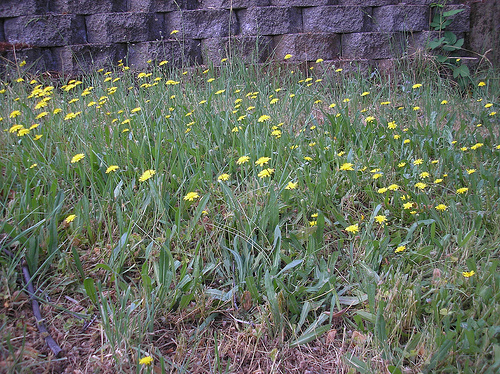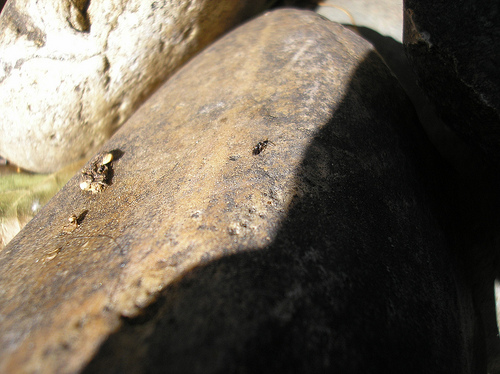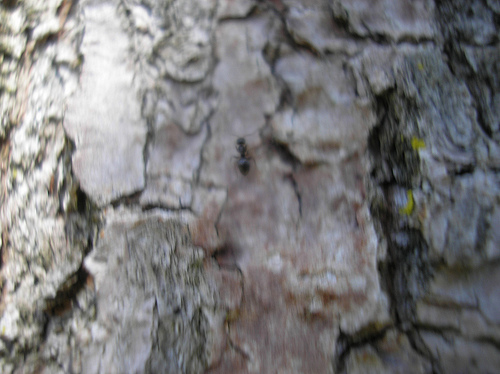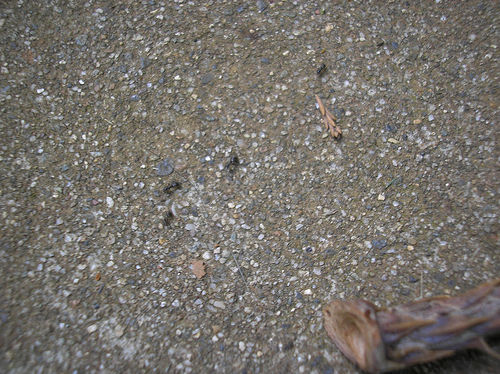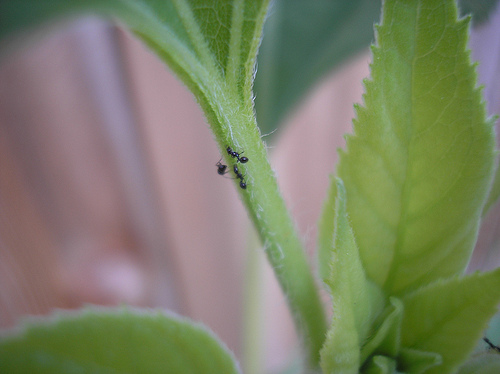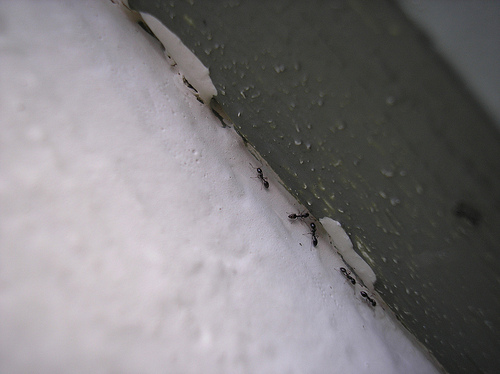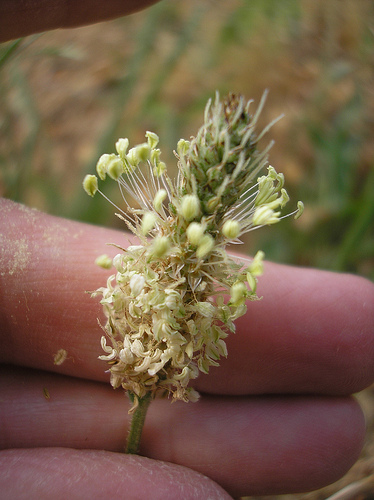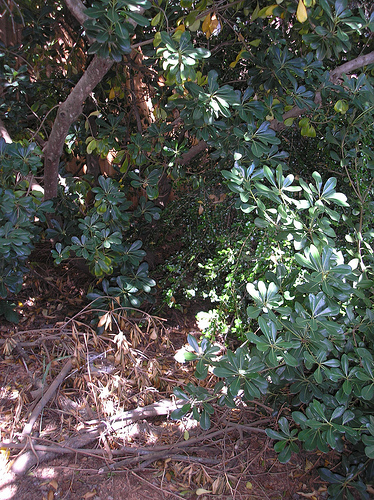Summer Series 2010 Outdoor Hour Challenge for Fireflies and Moths
Since we do not have fireflies in our part of the world, this will be the second time we have studied moths using the Outdoor Hour Challenges. During the summer of 2008 we completed a moth study while on our camping trip. Moths seem to be one of those creatures that we don’t pay too much attention to as we go about our regular business.
The Discover Nature At Sundown book gave us some really good ways to tell moths and butterflies apart, along with wonderful illustrations of the parts of a moth. We are going to continue our study of moths as we have subjects come our way.
Here are a few moths we have seen in the past.
Moth we saw on a trip to Oregon that I would love to know the name of if anyone out there has it. Hint, hint.
We have been watching for moths in our garden in the evenings but the best place to observe them is actually in the house. I many times come into the kitchen in the morning and find a few moths clinging to the bottom of the nightlight. I scoop them up and take them back outside.
We did find some signs of spiders in the garden during the day this week. There has been a return of the webs on our crepe myrtle. I was able to capture a few in photos and even one photo of the spider that I think must be making the webs. Any ideas would be appreciated.
See the spider inside the web? These are fantastic webs to look at and they are complex as well as beautiful.
So much for a firefly and moth study….we never feel defeated though. Our advance preparation seems to always pay off in one way or another. I am confident that we will someday be in a position to study fireflies up close and personal.





























